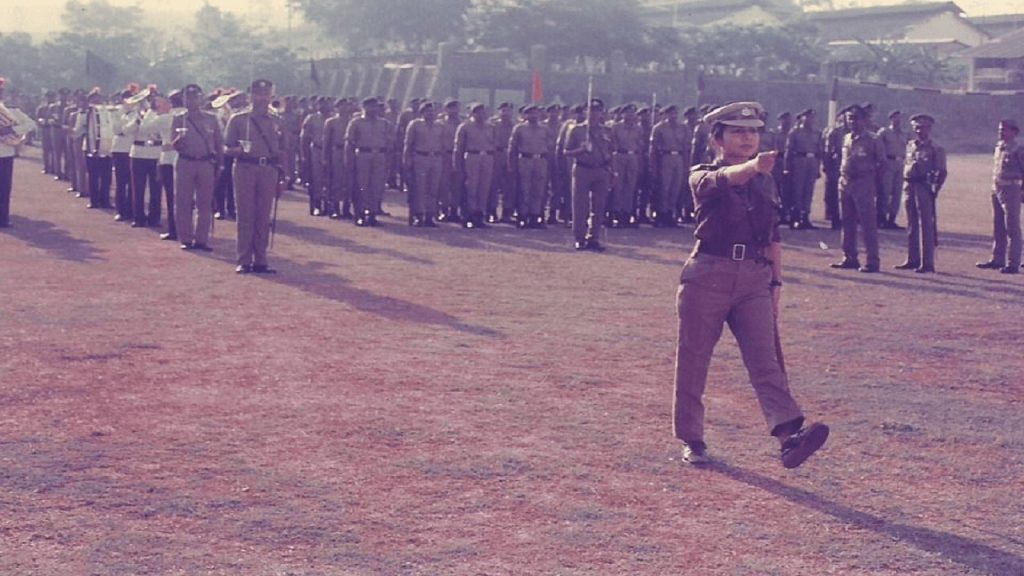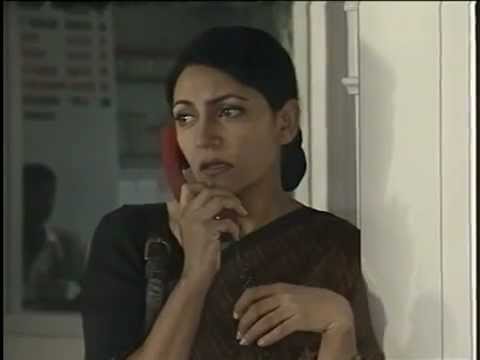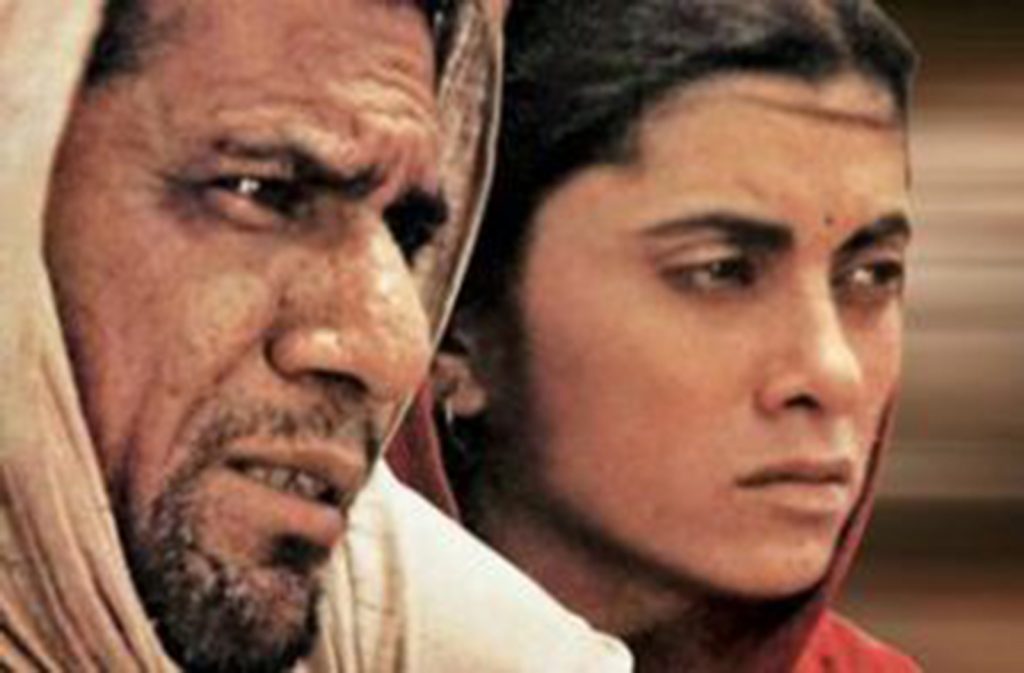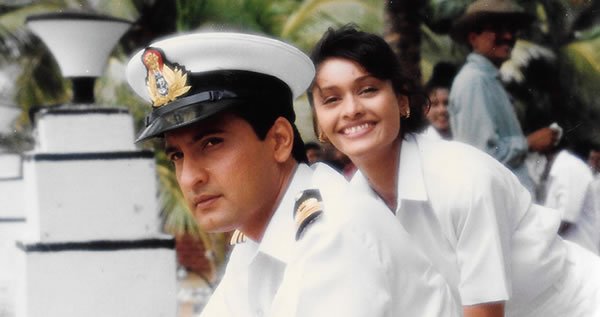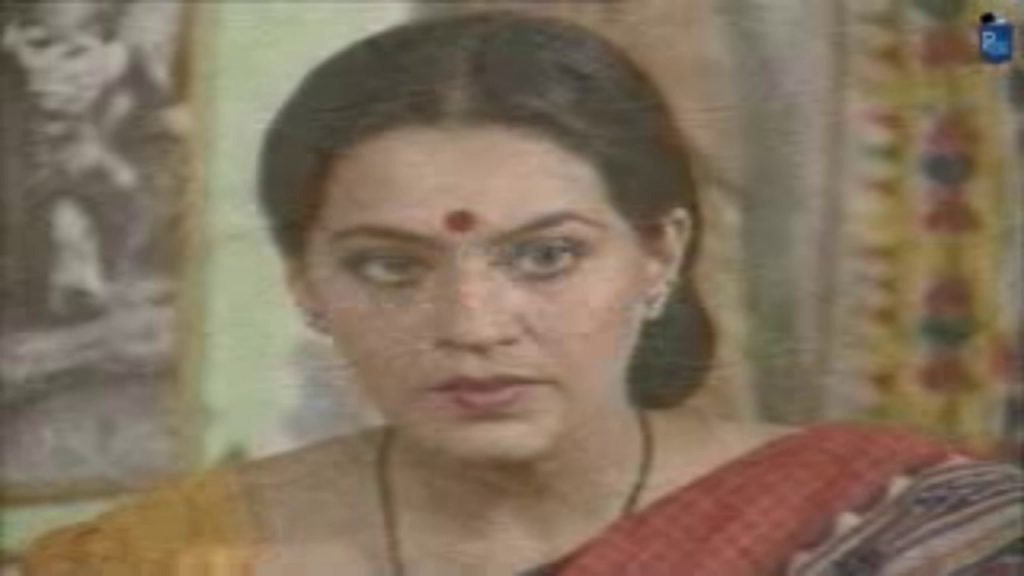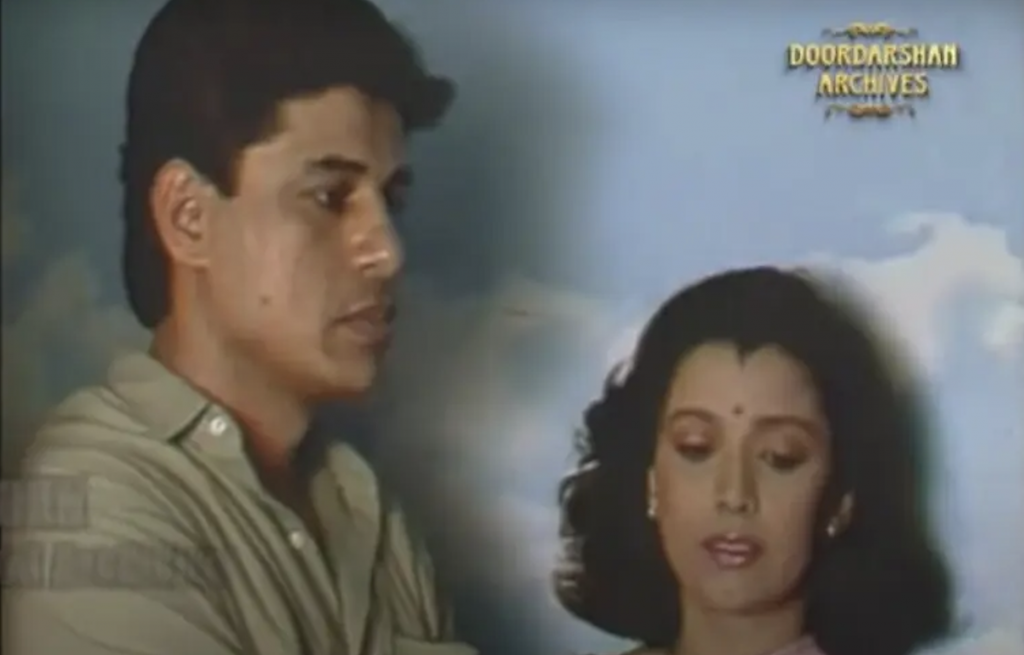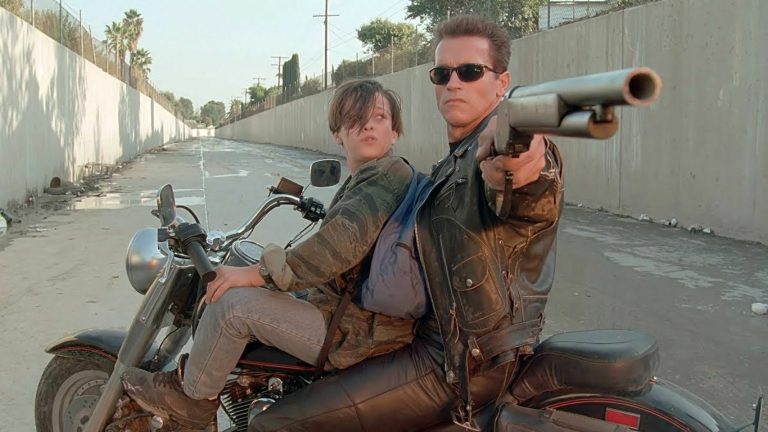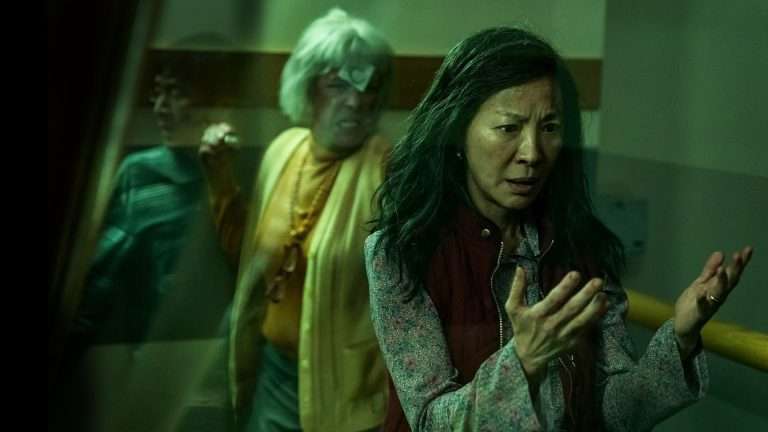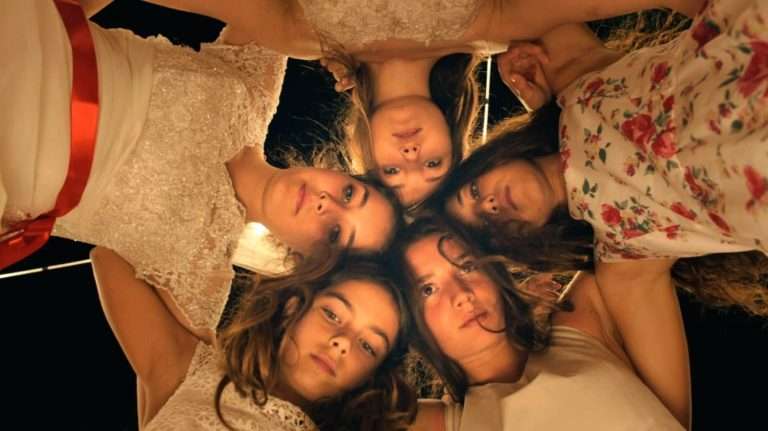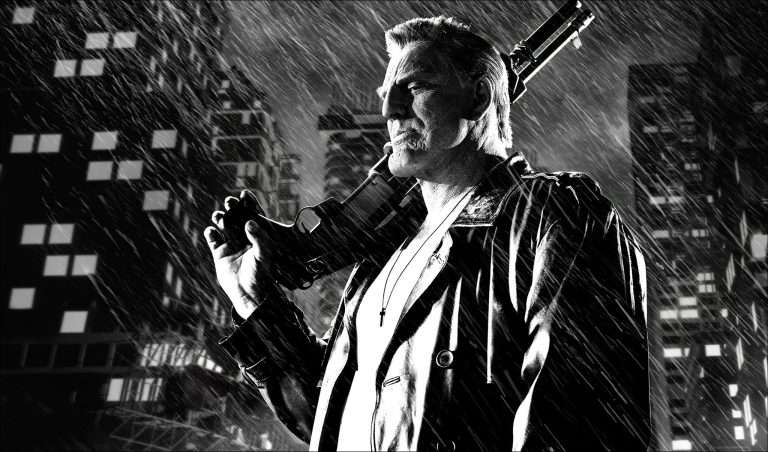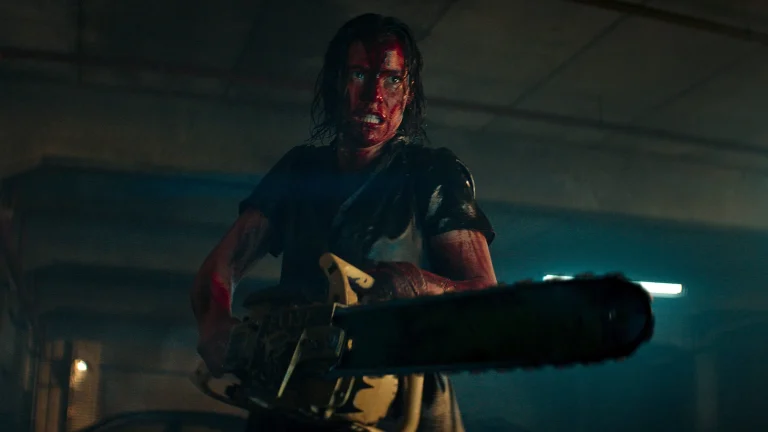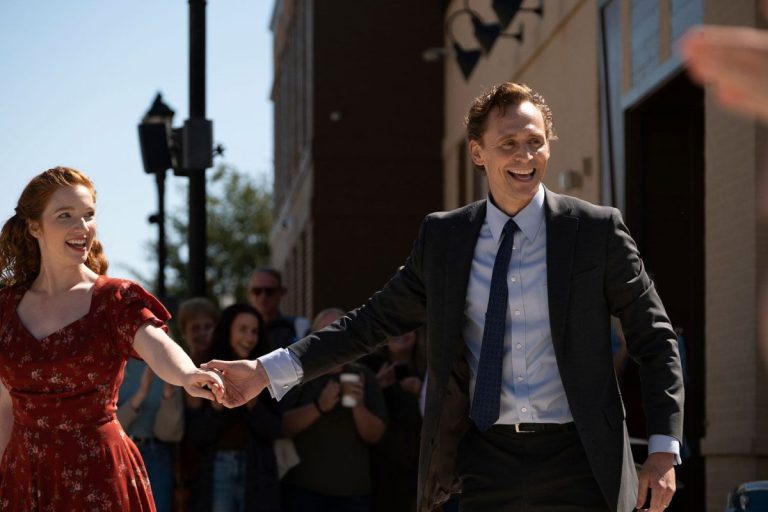Progressive DD Shows of the 80s & 90s: We rightfully revere the ground-breaking, progressive, and entertaining content of OTT platforms, be it Indian or international. We discuss it on social media, these shows/films are awarded every year, we call it the ‘evolution’ of content, and give all the credit to these digital platforms. However, decades before it was even a phrase, Doordarshan was pioneering ‘binge-watching.’ It produced some of the finest, most progressive & insanely original TV shows.
The 1980s was a momentous era for Indian television, and with the launch of the INSAT-1B satellite in 1983, things changed drastically. Within a year, we had India’s first indigenous Hindi serial, Hum Log (1984). Over 50 million viewers across the country watched the show.
Related to DD Shows: 20 Underrated TV Shows That Are Worth Your Time
What OTTs are doing for Indian content right now; DD did it almost 4 decades ago. Right now, we’re witnessing writers, makers & the biggest names from the film industry, experimenting & taking chances with some really interesting & progressive Hindi content on digital platforms because they can’t do the same on television channels. The same was the case in the 80s when Hindi films were generally spewing questionable and regressive content. For a whole decade, leading filmmakers left the cinema halls to connect with their audience through DD, where they could create something they believed in and not what governs the box office.
I’m trying to put together a list consisting of a few most progressive TV shows on DD during the 80s & 90s. This list could be never-ending, but I am just jotting down the 10 shows which astounded me even as a child. Not ordering them in numbers because there is no one-upmanship in genius.
Let’s navigate the nostalgia.
1. Udaan (1989)
I, recently, came across an article about modern television, which talks about how television has come a long way, and most of today’s shows wouldn’t have aired a generation ago. Of course, it was about Western television. Because for India, it’s exactly the opposite! Most of today’s TV shows wouldn’t have aired a generation before! What the West is doing with their television now, we’ve done it decades ago. It feels like our rusty time machine was on a garage sale, and we’re going backward. Mental health, discrimination, gender equality, social demons, rape, sexual liberation, literature adaptation, you name it, and Indian television was doing it with panache. Udaan is one such gem.
I’ve very vivid memories of Udaan, even though I was all of 6 at the time it aired. Directed by Kavita Chaudhary, her sister Kanchan Chaudhary’s life inspired it. Kanchan was the second woman IPS officer in India, the first being Kiran Bedi. She was also the first woman Director General of Police of a state. Udaan, traced her story.
So accurate and invigorating the show was that there were several public & media suggestions that the Indian police force, including IPS officers, could learn a lot from it. Kavita also played the lead, with Shekhar Kapoor, Satish Kaushik, and Vikram Gokhale, among many others supporting her.
Udaan, innately observes the human condition and societal intricacies. It’s also exemplary that the show was trying to ameliorate the public image of the Police. In many episodes, Kalyani Singh (Kavita Chaudhary) chastens her constables and other police officers for being rude to the public. We had never seen something like that on screen before; It was unprecedented. Udaan, took Indian television to soaring heights.
2. Buniyaad (1986)
Ramesh Sippy’s Buniyaad, is the granddaddy of Indian soaps. Mounted on an epic (and not ostentatious) scale, it was a roaring success. The architect of Indian fictional television, Mr. Manohar Shyam Joshi, wrote Buniyaad. He is the man behind all the iconic shows of the country, namely Hum Log, Kakaji Kahin, Mungerilal Ke Haseen Sapne, Humrahi, & Zameen Aasman. Not only have we erased him from our collective consciousness, we never even acknowledged him!
Buniyaad, follows a family of survivors of one of the biggest communal violence and displacements in human history – the partition of 1947. Partition spoke very differently to us because we’ve only heard about it. But, for the generation who has experienced it, the oozing wounds and horror of the disaster were strenuous to relive through Buniyaad. The first two episodes met with criticism as they gave people nightmares. But, it eventually thrived on nostalgia.
Related to DD Shows: The Reincarnation of Indian Cinema
The show dealt with the generational differences and connections, widow remarriage, idealism of one generation, and the loose morals of the next. Buniyaad, shattered many glass ceilings. Such was the show’s potency that when a character was about to die of leukemia, doctors from the Tata Memorial Hospital are said to have written to the makers to not let him die as it would negatively impact the morale of cancer patients.
Novelists and scholars were hired to ensure historical accuracy. A single episode took about 4 days to complete, and actors committed an entire year of their schedule to it. It sounds like a Sanjay Leela Bhansali film, doesn’t it? Buniyaad, was the foundation of Indian Television and one of the most progressive content to come out of it.
3. Thoda Sa Aasmaan (1995)
Before Neena Gupta decided to take matters into her hands for Star Plus’ iconic serial, Saans (1998), Deepti Naval wrote, produced, directed, and acted in Thoda Sa Aasmaan for DD. It traces the lives of three women in Bombay, all at different ages and stages in their life. Mona Ambegaonkar plays an air hostess aspirant who receives no support from anyone around her, Deepti Naval is a housewife in a troubled & emotionally abusive marriage, and Nadira plays an aged housemaker whose life comes crashing down with a shocking extramarital affair by her husband.
It’s a commentary on the patriarchal Indian society and how it affects everyone’s happiness. It was so sharp & progressive that it can put all the ‘feminist’ content across OTTs today to shame. The performances, a believable suburban upper-middle-class Bombay setting, music, and specifically, writing, Thoda Sa Aasman, were so powerful that it had made a lasting impression on me. Having seen it only once in the 90s as a young adult, I can still vividly remember many scenes and the production design.
Instead of taking the tried-and-tested (and true), ‘men are evil’ feminist route, Deepti explored deeper. Women are equally responsible for these three women’s suffering as much as men are. Even these men are not pigeonholed; they are multidimensional humans who are capable of good too. What makes Thoda Sa Aasman so relatable is that it shrewdly encapsulates the unified war women across all age groups, social standing & occupations are combating every day – a world they can call their own, their little piece of the sky.
The most inspiring of the three is Mrs. Joshi, played by the exceptional Nadira. When her 40-years of marriage and life crumbles down, the most practical and/or expected thing for a 60-year-old housewife to do is to accept her fate. But Mrs. Joshi is extraordinarily ordinary! She decides to leave her husband and start to look for a job. The paths of these three women cross, and they uplift each other, only to carve their individual destinies in life. Watch out for a 3-min long single take where Nadira is having a meltdown, there are no fancy camera movements, no cuts, no close-ups, but her performance will haunt you for a long time.
4. Tamas (1988)
DD was once home to India’s finest talent. Mr. Shyam Benegal, Gulzar, Prakash Jha, Basu Chatterjee, Govind Nihalani, etc. invested years of their careers in Indian television, and as a result, DD was at par with any International TV channel at the time. Tamas, was the zenith of Indian television.
Based on Bhisham Sahni’s novel of the same name, director Govind Nihalani created a six-part series. Set in the backdrop of riot-stricken Pakistan at the time of the partition of India in 1947, the show deals with the plight of emigrant Sikh and Hindu families to India as a result of the partition. Nihalani hand-picked Amrish Puri, A. K. Hangal, Om Puri, and Pankaj Kapur, stating that almost all of these were young at the time of partition and had closely observed the event.
Related to DD Shows: The 25 Best TV Shows of 2021
In contemporary India, Tamas, would never have been approved or gotten made or being streamed or televised without being canceled or boycotted. Not that people didn’t ask for its boycott back then. A few days after the 2nd episode, a certain political party with a history of toxic religion-politics held demonstrations at Doordarshan centers to protest against some scenes in Tamas. In one scene, a Hindu boy killed a Muslim character at the behest of his “Guruji” and in another scene, a dead animal was dumped outside a place of worship; these two scenes particularly raised eyebrows. Nihalani was placed under police protection for eight weeks. The show (and book) vehemently create egalitarianism of agony and horror amongst all the religious groups. The show (successfully) completed its run because DD had a backbone back then.
The show was never meant to be for easy viewing. Tamas, is perhaps the only brutally honest depiction of the partition to come out of India. It’s relentlessly gut wrenching, with no hope or redemption during its 274-minute runtime. The series left viewers with darkness in their hearts. Tamas, wasn’t emotional or judgmental, but a well-thought-out reaction. The six-part series was later released in theaters as a 5-hour long film, and won 3 National Awards.
5. Arohan (1996)
Pallavi Joshi’s Arohan, entered our lives when India was transitioning from DD to satellite channels. Missed by many, it’s one of the most progressive, intimate, and emancipated content to come out of Indian television. Aarohan, takes place in a make-believe scenario about women cadets joining the Indian Navy (as women could not join combat forces in the Indian Navy then). It followed their lives, hardships, and training in the Naval Academy.
Produced, written & the lead role played by Pallavi Joshi, the show boasts the cast of some of the finest talents we have, Shefali Shah, R Madhavan, Harsh Chhaya, and many more. Arohan, inspired many young girls to not only join the Indian Navy but also to have a voice. It triggered the dialogue about gender equality, sexism at work or otherwise, power, and provision of choice, especially for women, basically the topics you’d see or discuss only on social media today. Tethered by the faulty rating system, Indian television doesn’t have a space for such motifs anymore.
The 13-episode show’s immediate accessibility and resemblance to life make it germane even today. For instance, in spite of belonging to a family of Navy officers, Nikita Sachdev (Pallavi Joshi) faces high brows and resistance from her family itself when she decides to join the organization. There are references to the casual daily sexism that plagues Indian households even today. It also has a group of male & female friends, with no romantic inclination between any of them. As a matter of fact, they discuss aspirations and careers. Arohan means ascent, and it was Indian television’s one of the few last treks to the mountain top. It’s been a nosedive ever since.
6. Swabhimaan (1995)
If you are a 80s-90s kid who grew up on DD, Swabhimaan, would have been the draft of daily soaps for you. It was a show light years ahead of its time and yet was spiritedly accepted by the Indian audience, even back in the day.
It divulges the story of an attractive woman, Svetlana (Kittu Gidwani), who finds herself in a battle where there are no real winners. Insecurity, suspicion, fear, inheritance & property wars threaten to erode her vivacious spirit. Aired in the afternoons, Shobhaa De and Vinod Ranganath scripted Swabhimaan, and was helmed by Mahesh Bhatt. The show also boasted the biggest cast ever, including Kitu Gidwani, Anju Mahendru, Rohit Roy, Harsh Chhaya, Manoj Bajpayee, Deepak Parashar, Ashutosh Rana, Achint Kaur, Tanaaz Irani, Sandhya Mridul and Simone Singh, among others.
Related to DD Shows: The 10 Best Manoj Bajpayee Performances
Just to put a bug in your ear, the protagonist of the show, Svetlana, was not a doting, perpetually perfect wife or a bahu, but a morally dubious mistress of the business tycoon, Keshav Malhotra. A mistress fighting for her rights! Did anyone mention ‘progressive content on Indian TV?
The Malhotra dynasty often dreams and collapses, fights and loses, but decisively so. No single character in the show is a victim. They embody the possibilities of a human being and the demonization of one’s decision. Swabhimaan, was a show which looked at life with an undogmatic lens, where men & women were equals, responsible for their own decisions and their aftermath too. It was the first Indian show to complete 500 episodes and launched the film careers of Ashutosh Rana & Manoj Bajpayee.
7. Rajani (1985)
Rajani, was not just a show, it was a movement. What now is limited to the social media platforms, the consumer rights debate was on our TV screens, and practically, in our lives through Rajani. Every Sunday morning, India witnessed its warrior queen fiercely fighting for us all. And this was pre-economic reforms, pre-privatization, that made it even more commendable. Rajani was our Joan of Arc. Iconic director Basu Chatterjee’s Rajani (Priya Tendulkar) is an ‘aware’ (or ‘woke’ for Instagram), roti-making housewife who not only took on the corrupt government system but also took the entire nation by storm.
The show was such a tour de force that the production was forced to stop after 13 episodes. It touched so many raw nerves that made the government jittery. In each episode, our crusader was tackling different fictional issues in existing public departments, and they were uncomfortably close to reality. There were two episodes in particular that ruffled many feathers. In one, Rajani was taking on the illegal hike in LPG gas and how difficult it was back then to get a cylinder. And, in another, she tackles the still-persistent taxi-auto woes and their refusal to fetch!
DD Bombay’s office was flooded with protestors after both these episodes, demanding a ban on the show. One was led by the All India LPG Distributors Federation and the other by 500 taxi drivers. The latter actually backfired as it led to a 10% decline in taxi drivers’ business and initiated an avalanche of public approbation for Rajani in terms of letters, calls, and media coverage.
Rajani, was our knight in shining armor in the decade when women were striving against Roop Kanwar’s sati in Rajasthan and for Shah Bano’s rights. The show inspired an entire generation of women, in fact, the visual of a female activist with a cotton sari and a big bindi has been engraved in our minds, courtesy of many such real/reel life representations after the show. A relentless winner, Rajani, gave the nation some light during its darkest hour.
8. Kashish (1992)
After writing blockbuster love stories like Prem Rog (1982) & Chandni (1989), writer Kamna Chandra gave us an exceptionally invigorating and attainable take on love with her TV show, Kashish. Chandra’s legacy speaks for itself. Her son is the best-selling author Vikram Chandra, and she has two hugely successful daughters, renowned film critic Anupama Chopra and the acclaimed director Tanuja Chandra (Sangharsh, 1999).
Naturally, her understanding of motherhood, working professionals, and love resonates. After the stupendous success of Chandni, Chandra wrote a Mills & Boons-esque show for DD called Kashish. A well-known director Rahul Anand (Sudesh Berry), casts a new, somewhat reluctant actress, Mohana Kumar (Malvika Tiwari), for his film. How their indifference changes to love was the crux of the serial. There was nothing extraordinary about the story, and there are no great shakes about the production value or the star cast either. But Kamna’s characters, their decisions, and emancipated, frill-free reactions to situations made it outdistancing and progressive.
Related to DD Shows: 10 Films/TV Shows like Ricky Gervais’s After Life
He is a brash, egotistical, self-absorbed, self-entitled man, and she is a headstrong, working professional who calls out his chauvinism at every opportunity. She never concedes to his madness, even after falling in love with him. And, he never mends his way even after falling in love with her. And then there’s his mother, played by Kalpana Iyer. She is a single mother, and no one questions her about it. She is completely aware of her son’s fragile male ego, and even though she wants him to end up with Mohana, she warns her about him. Kashish operated on sub-texts; subtle feminism, the importance of professionalism, and the practicality of love. The show was also a conversation about the age gap in relationships, inclusivity, and the perennial evolving definition of urban love.
9. A Mouthful of Sky (1995)
Before the rusty shackles of ratings gripped Indian television, DD was pioneering progressive content and taking chances (which almost always paid off). One such experiment was to produce India’s first English language serial, and the audience welcomed it with open arms. Anant Balani, Ajay Goel, and Mahesh Bhatt directed A Mouthful of Sky, and it starred almost all the top models of the time. Rahul Bose, Sameer Soni, Kruttika Desai, Simone Singh, Mukul Dev, Ayesha Dharkar, R Madhavan, and Milind Soman, among others.
The series revolves around a group of friends who pursue MBA and are batch mates, and they all meet at a reunion after 13 years. The story progresses, and they are faced with many life-altering events. Eventually, confront a macabre secret from the past, which threatens to destroy their friendship.
A Mouthful of Sky stitches a very realistic fiber of urban Indians of the 90s and their scuffle to find the equilibrium between the inherent contradictions of their conventional Indian roots with the westernized ethos. Even with the few sketchy performances & slightly trite dialogues, the Indian audience connected with it. Rarely there was an episode that ended with a cliffhanger. They didn’t need those, as the audience returned to the show regardless.
The mature script and forbearing characters of A Mouthful of Sky are far removed from today’s Indian TV. Nothing was arbitrary; for example, Samir Soni’s character was introduced in the show after 3 months, but his presence was felt right from the beginning through his voice. So, he wasn’t a random import from nowhere to spike up the ratings, like most of today’s serials. It was planned and had a very well etched-out show plot. The authentic and nuanced portrayal of a generation in their mid-thirties who straddle the twin worlds of urban and conventional India is something we still don’t get to see on our TV, even after 27 years! A Mouthful of Sky is one of the most progressive shows to come out of Indian television.
10. Shanti (1994)
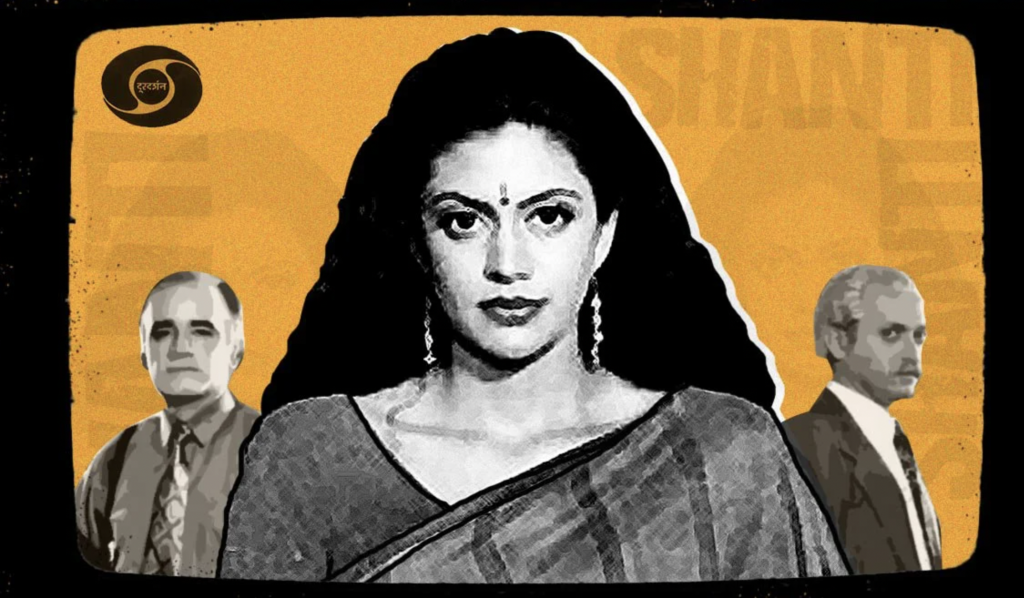
Shanti, was the first ‘daily’ soap of India. We were used to weekly or bi-weekly till then. It broke many glass ceilings and had the kind of layered, dark, complex storyline that we binge overnight today! It’s only undoing – it went on for too long. Created by the ace ad filmmaker Adi Pocha, the show went on for about 780 episodes.
The story begins with two friends, co-owners of the biggest Bollywood production house in the country. They are writers, directors, and producers who live in the lavish Shanti Mansion with their respective families. These two have buried their dark secrets under the foundation of Shanti Mansion! Every character has a past and has something hidden. It all gets revealed when Shanti, an aspiring journalist hoping to write the biographies of Kamesh and Raj, arrives.
Related to DD Shows: 35 Most Anticipated TV Shows of 2022
Shanti, dealt with mental health, secrets, working women, professional jealousy, aspirations, spirituality, rags to riches, and rape! Over the course of the series, Shanti develops into a complex, multi-layered and flawed protagonist, which we never see in today’s TV. And the big reveal just took the entire nation by surprise. Shanti was a rape child. Her mother was a laborer, working during the construction of Shanti Mansion, and was gang-raped by both Kamesh and Raj. Such dark, twisted content was aired in the afternoon, targeting the female audience, and was highly successful. I wonder why Indian television has stooped so low over the years while its budget, technical expertise, talent, and options kept flying higher?
Even the production of Shanti was way ahead of its time. Unlike the 12-14 hours daily schedule of daily soaps today, it had an 8-hour shift, churning one episode per day. Even without emails or phones back then, actors used to get their scripts one day in advance. And, since they were shooting in a 3-camera set-up, there wasn’t much scope for cuts. Hence, they hired actors from NSD and theater who could perform long scenes and monologues. Shanti, was the blueprint of daily shows for India. Sadly, we could never construct revolutionary pieces on it.

